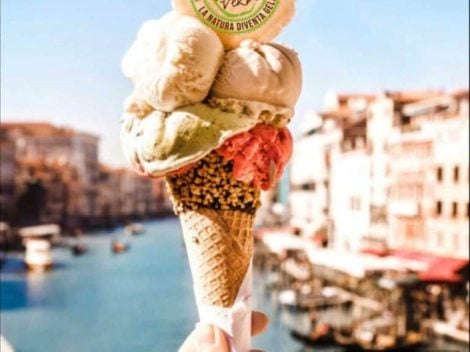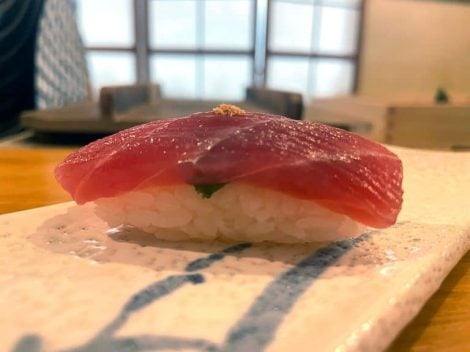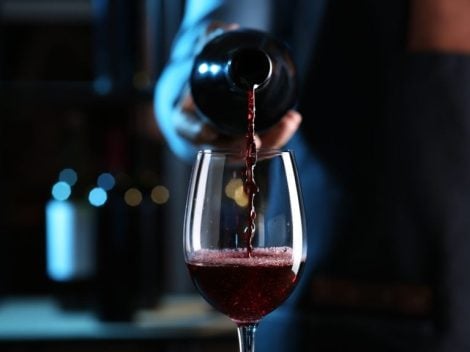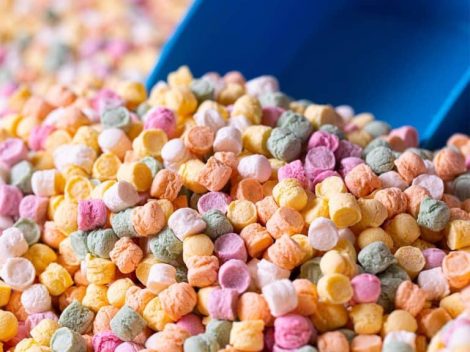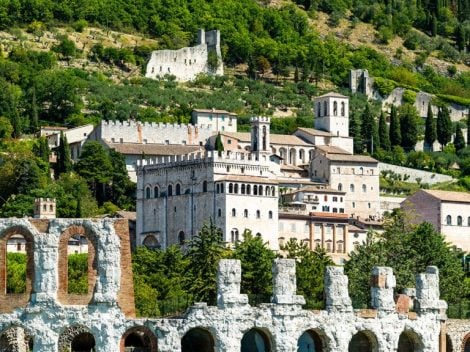"The gin and tonic has saved more Englishmen’s lives, and minds, than all the doctors in the Empire”. To start talking about an institution like the Gin Tonic, one can only choose the mythical aphorism coined by Winston Churchill ("it has saved more lives and minds than doctors have") that sums up in a motto the reasons for the success of this cocktail, as simple as it is fundamental in the history of mixed drinks. But also of British health, in the true sense of the word: when malaria was decimating British troops in colonial times, the tonic water invented by Jacob Schweppe in 1783 - combined with a good dose of Gin - was the best trick to get soldiers to take the bitter quinine (the anti-malaria).
From simplicity to complexity
A true social ritual, a drink with identity and capable of spanning the ages, the G&T has come down to us virtually unchanged. Then something changed: the boom in Craft Spirits revolutionised the sector. On the one hand, global demand exploded, on the other, the narrative was distorted: a simple drink became unnecessarily complex and the straightforward substance turned into a marketing avalanche. All, very often, to the detriment of a consumer who, eager to discover, allows himself to be drawn into a narrative that is often bogus or that he does not have the tools to interpret.
The “renaissance” of gin
Everything - the chapter leading to the end of the Gin Tonic - begins with its 'Renaissance' linked to the use of 'unconventional' botanicals in the early 2000s. An explosion of versions and trends, which, however, effectively stripped away the simplicity of a great classic. So much so that the G&T today is undoubtedly one of the most up-and coming drinks of the moment, with even a flourishing of Gintonerias or GinTonicherias (establishments with a vion of gin) serving the hundreds of new labels that are born every year with the most varied aromas and botanicals and presented with garnishes of all kinds. If up to thirty years ago Tomic Gin was a battle drink, to be consumed in clubs without too much pretension, since the 1990s something started to change. The birth of Bombay Sapphire, which indicated the botanicals and the production method on the blue bottle, led the consumer to question the flavouring of the gin. About ten years later, the leap: Hendricks was the first to offer non-traditional botanicals. Contemporary Gins were born, a term now used to indicate all those that use non-traditional botanicals, a trend that has increasingly become synonymous with territoriality.
How many gins are there in italy? And how many distilleries?
If gin is experiencing a renaissance, then why does this same thing decree its end? Indeed, there is something that does not add up. There is a superfetation that no longer corresponds to different production methods, to particular business choices, to life and drinking philosophies that tell the story of those who produce. It is Claudio Riva - one of the leading experts in Craft Distilling and organiser of Distillo, the largest exhibition dedicated to equipment for micro-distilleries in Italy - who points out an initial discrepancy in the numbers of this phenomenon. "Today in Italy there are about 140 active distilleries against an estimate of at least a thousand gin labels on the market with at least regional distribution. And that's not counting the one-off gin labels made for bars, associations, restaurants”. To make a comparison with wine, it would be like saying if we had a few hectares of vines and a huge number of bottles of wine.
The third party and “fake” gins
A well-known bartender, journalist and TV celeb, Julian Biondi is also one of three partners in the urban distillery Fermenthinks. Their workshop produces artisanal liqueurs and London Dry-style gins. This is where many of the 'tailor-made' labels based on different territorial botanicals are created by entrepreneurs who want a gin that 'represents' them. "We are also able to work in small batches," says Julian, "to allow small businesses such as bars or restaurants to create their own line of liqueurs or craft spirits. The minimum production is 150 litres, which is the capacity of the still. Two thirds of our customers are from Tuscany, but we have made labels for companies in the Veneto, Piedmont, Sicily and Puglia. So: the producer is one, the brands are different. Behind each of these gins, however, there is only one production company: to day, most of the new products placed on the market are the offspring of marketing ideas created by contractors often hundreds of kilometres away from the place whose territoriality is boasted on the label. There are also a number of gins distilled abroad which, however, explicitly communicate their Italian character: all of this confuses even more a consumer who is just approaching this world. To cite just one example, just look at Malfy (a gin with a sounding that recalls the most famous Coastline) and which is produced by a large multinational such as Pernod Ricard in a Piedmontese distillery!
The problem with the “compound” method
So far, however, we have talked about distilleries and stills. That is to say, of 'quality' spirits and tradition that are the result of skilled craftsmanship. The EU Regulation 2019/787 on 'spirit drinks' also allows liquor obtained by the 'compound' method, i.e. without distillation and with. cold maceration of juniper and other botanicals or even just by mixing alcohol with essential oils and even adding sugar, with the possibility of calling the product Dry Gin if the glucose concentration is less than 0.1 gram litre. These regulations, in a country that is still very young on the Gin front, risk creating confusion and plenty of it.
Emptying the meaning of a liqueur and its understanding
For example, what is the difference between London Dry Gin and Dry Gin perhaps preceded by Tuscan? Well, they are simply two absolutely different products in every way. London Dry Gin, in fact, is a method of production through distillation that must follow a very strict specification (juniper compulsory, methyl alcohol under 5 grams per hectolitre, no other elements allowed). Dry Gin is a product similar to a bitter or vermouth, obtained by infusion or blending. If I then put Tuscan in front of it, it gives the idea that it is a Gin linked to Tuscany, even though there is no obligation to certify the origin of the essences used. This has led to a huge increase in the number of liqueur factories, but not that of distilleries.
Botanicals without territories
If a Tuscan Dry Gin can be produced in Veneto without a still, is it possible that at least for the botanicals there is no obligation of origin? Most gins that claim to be 'expression of terroir' do so from the selection of local herbs and spices that are used for their gin. But there is no obligation to specify how much Tuscan rosemary is used or how many Amalfi lemons! It is possible to claim to have used Amalfi lemons on the label even if you just add one per 1,000 litres of gin and rely on any low-cost product for the rest. And so, in the land of substance and quality, branding and marketing win out. But what is the point, at this point, of having to decide which of the hundreds of Gin labels I would like my Gin Tonic with? Not least because the risk today is that it confuses minds more than it saves them. So much for Churchill.
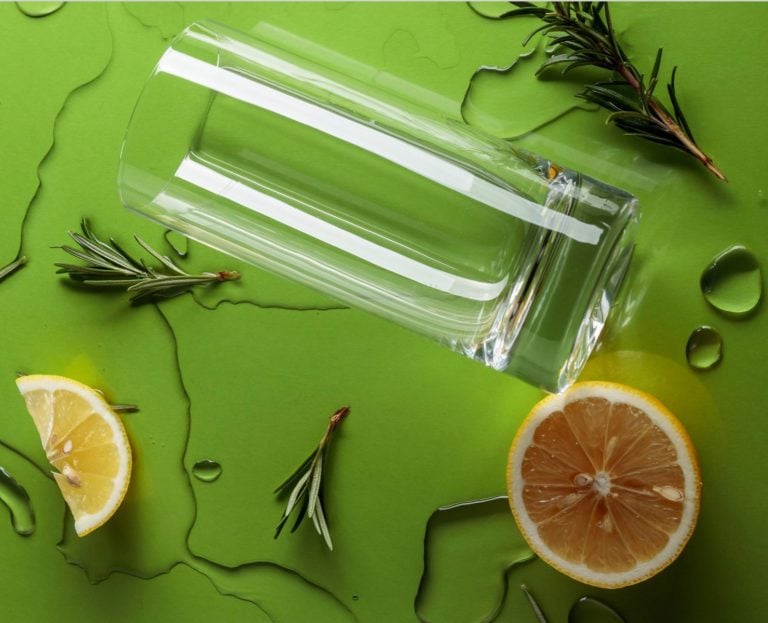
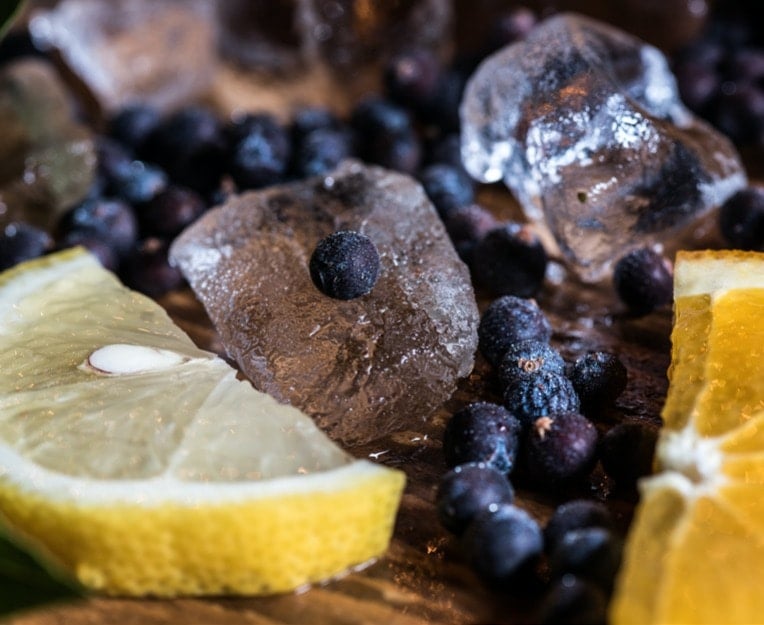
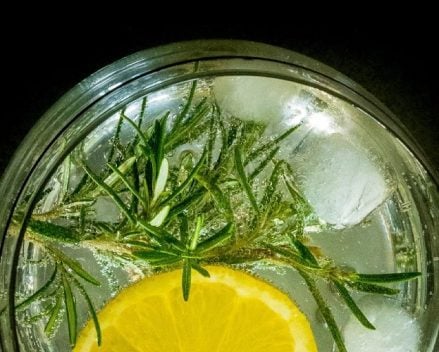
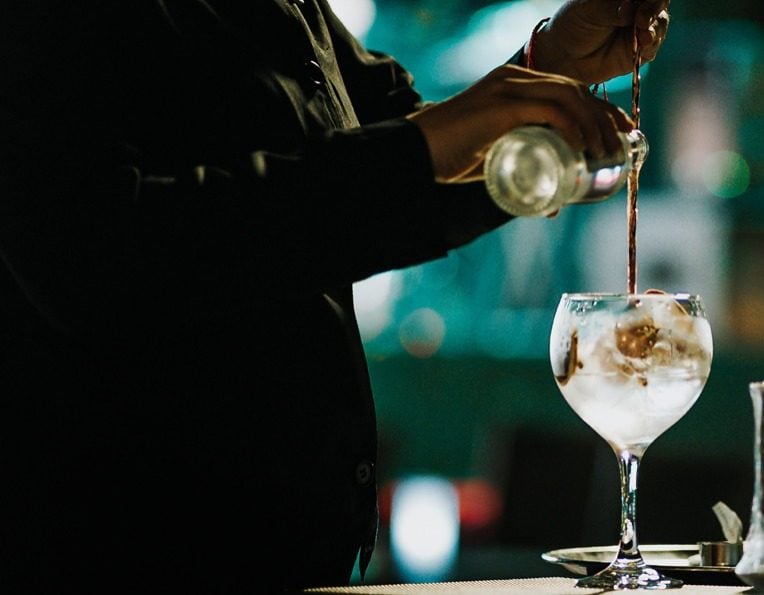
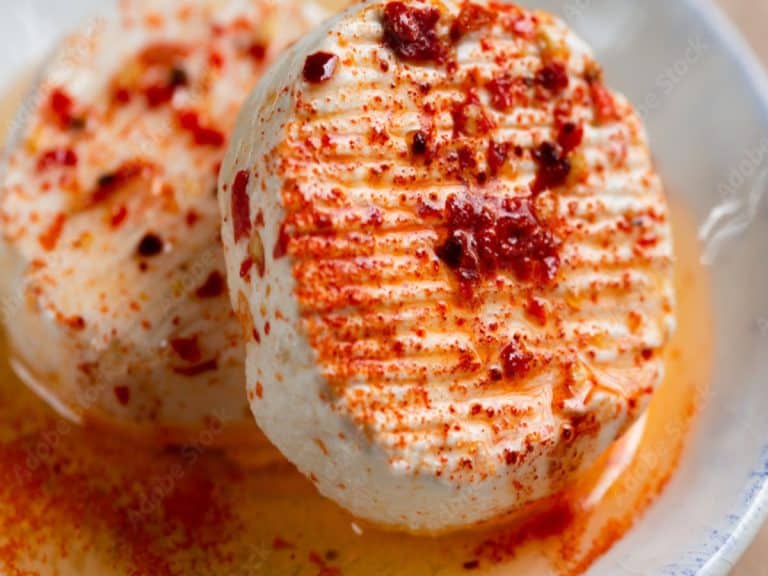 The 'electric tomino', the unknown specialty of Piedmontese taverns. What it is and where to eat it in Turin
The 'electric tomino', the unknown specialty of Piedmontese taverns. What it is and where to eat it in Turin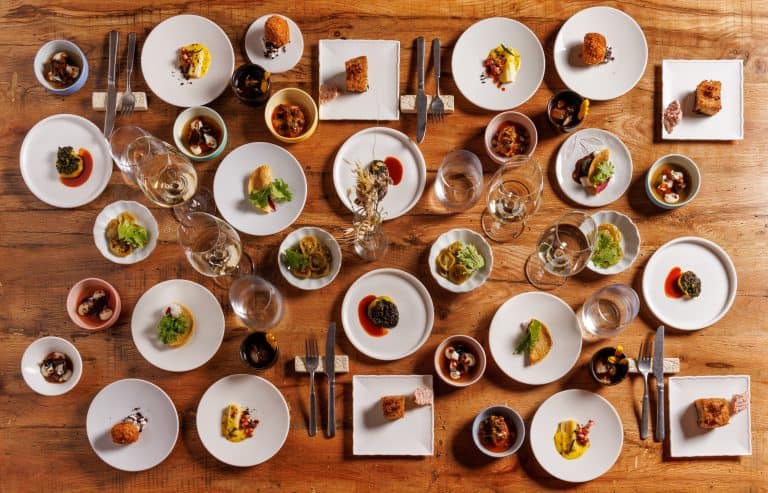 To be shared and enjoyed together. The return of Italian appetizers that have conquered Michelin-starred chefs
To be shared and enjoyed together. The return of Italian appetizers that have conquered Michelin-starred chefs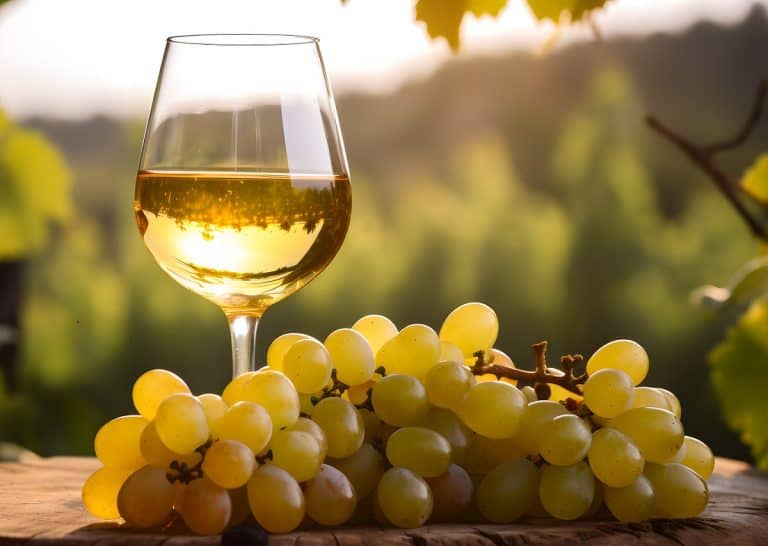 The 8 best Vitovska Wines from Friuli Venezia Giulia selected by Gambero Rosso
The 8 best Vitovska Wines from Friuli Venezia Giulia selected by Gambero Rosso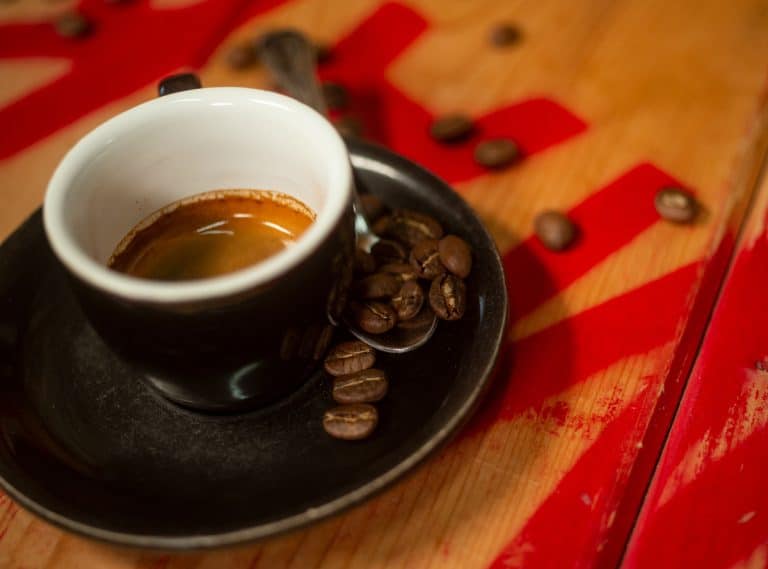 History of the hidden specialty coffee shop in an agricultural market in Rieti
History of the hidden specialty coffee shop in an agricultural market in Rieti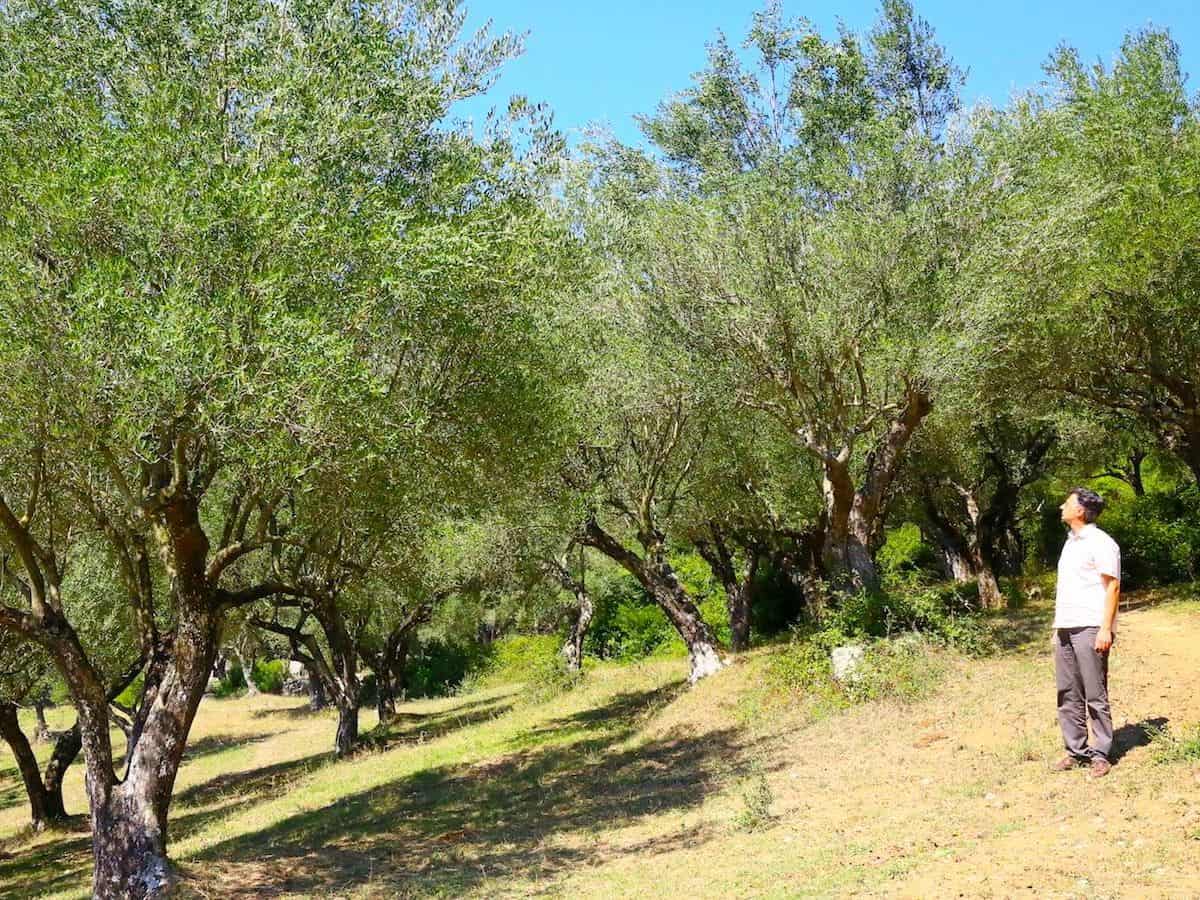 "For me, making olive oil is an act of pure selfishness." The story of the small olive press that has made Cilento great
"For me, making olive oil is an act of pure selfishness." The story of the small olive press that has made Cilento great